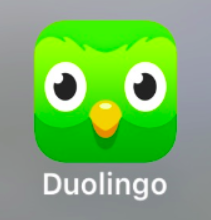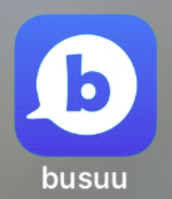REVIEW: Language apps attempt to offer variety of techniques
Although some language learning apps utilize diverse systems, others do not

Duolingo gives users the option to set time slots so they can commit to any given amount of time they wish to dedicate to the app.
Duolingo
Duolingo is one of the most well-known and well-liked language apps. There are twenty different languages to learn, such as Spanish, Welsh, Polish, Vietnamese, or Esperanto. The lessons are personalized around the user’s time commitment and ability. Users can choose the time commitment, ranging from five to twenty minutes per day. There is an order of lessons, starting with basics and progressing to things like foods, places, family, present tense, and adverbs. If some lessons are too easy, there is the option to test out of lessons, or even whole levels. After a few levels are completed, users can have conversations with “bots” or fake accounts to practice their language. The lessons themselves are repetitive, but the form is diverse. There are matching words with photos, multiple choice, writing the translation and matching words or phrases with translations. The only issue is that if the exact translation isn’t typed in by the user 100% correctly, down to the punctuation, it isn’t counted as correct.
Rating:

4 out of 5 stars
Bussu

Although the variety of language learning techniques are limited, this app still offers audio.
Bussu is not the optimal language learning app for on-the-go learning since internet connection is needed. Also, a profile is needed. There are eleven languages to learn, and many of levels with topics similar to those in Duolingo. The lessons must be downloaded in order for users to be able to access them. The lessons aren’t very diverse, but it does use audio.
Rating:

2 out of 5 stars
Babbel

Lessons are personalized based on the users’ purpose for learning the language (business, family/friends, culture, etc) and age. User can’t test out of lessons, but they can choose a beginner or advanced level. Lessons are in order from basics to other topics to grammar. There are only five rather common languages to choose from, and the lessons are repetitive without a lot of variety of learning styles, although there is an audio aspect that teaches pronunciation.
Rating:

3 out of 5 stars
Isabel Saavedra-Weis is the Co-Editor of Opinion on the RubicOnline. She also is behind the blog No Right Answer. This is her fourth year on staff. Recently,...